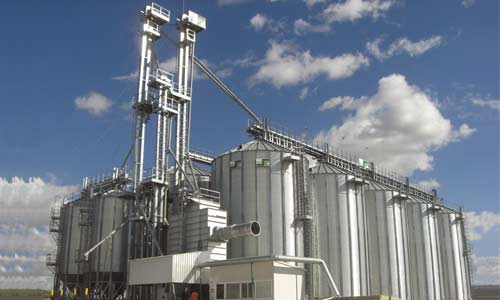Investing in on-farm grain storage can provide an additional margin for growers and producers.
Over time, growers have been focused on producing and harvesting and their greatest concern has been increasing yields and lowering production costs; ultimately, maximizing productivity of different crops through the best combination and rational use of inputs, applying new management techniques, incorporating machinery, agrochemicals, fertilizers, hybrid, etc. .
But the economic viability of on-farm grain storage is a topic gaining significance as growers continue to expand their cropping enterprises, as a way to add a financial return.
Main advantages of on-farm grain storage:
- Greater control and planning over harvest and transport.
- Improving the quality of grains in origin.
- Greater control of weight and quality of shipments.
- Best shipping rates.
- Greater flexibility and control over where to deliver grain.
- Pricing flexibility since pricing can be done at various times after harvest.
- Reducing intermediation costs.
But when developing a grain storage strategy, we must also think on the immobilization of capital assets. Building a grain storage facility represents a significant investment for the company, since it is a long term investment, and once it is built, it is impossible to think of moving it or making major changes, ie, there is few margin for error.
Therefore, it is very important to define the design and dimensioning of the storage facility carefully.
We mustn’t forget that on a storage facility we process grains, one of the main sources of human food, therefore we have to think about proper handling and maintenance to keep the nutritional and economic value at the lowest cost.
In the agriculture of the future, product differentiation, mainly in quality, will be key to get a plus on the price of traditional commodities, and in this sense, storage will play an important role.
Finally, we must remember that while the grain storage facility provides operational and financial advantages, they do not depend only on the correct operational management, but also on an efficient technical and marketing management.
For more information and references: Crea Magazine, Agro Magazine, Oklahoma Cooperative Extension Fact Sheets, Grains Research and Development Corporation








